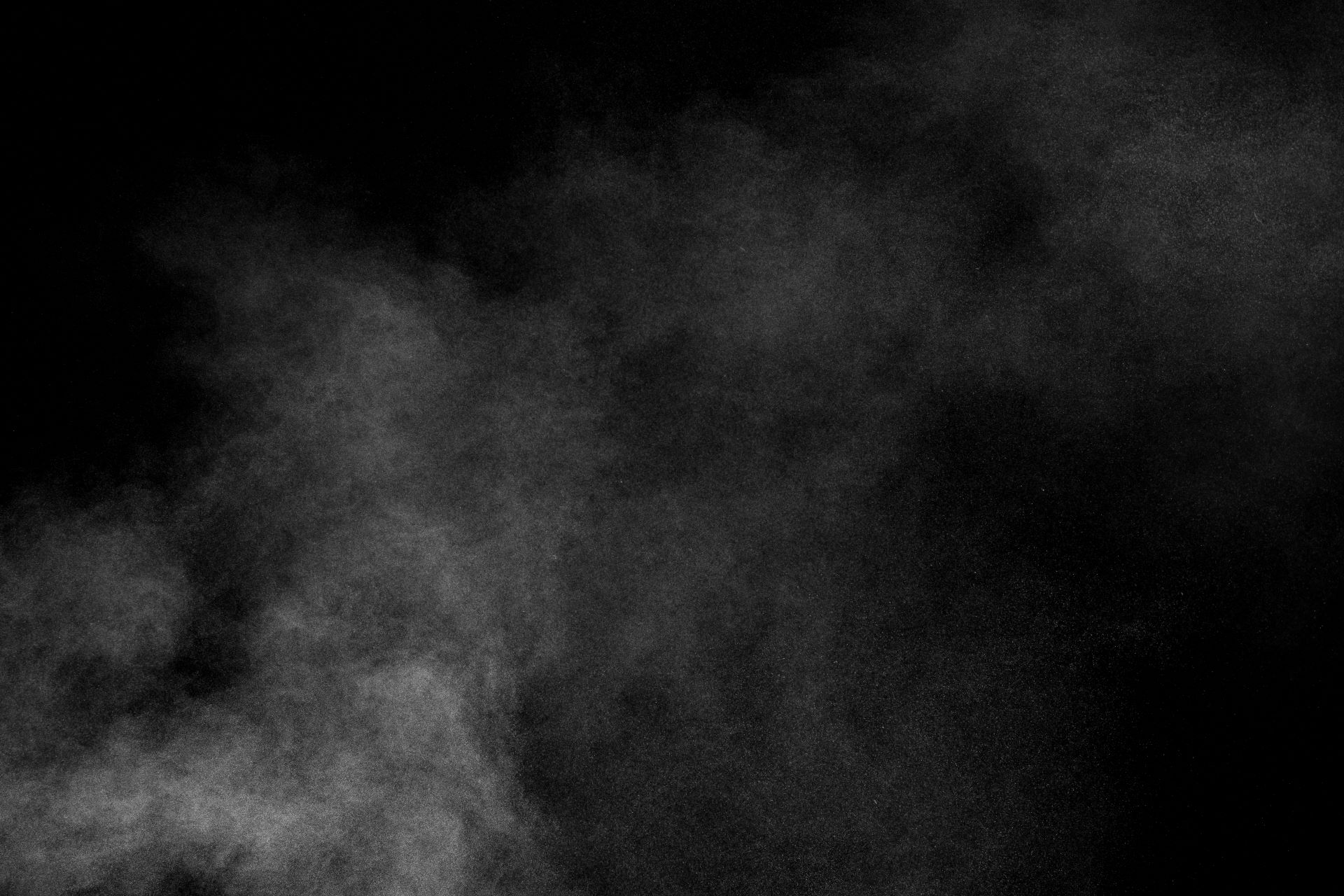


Safety training includes three essential components: lockout, respiratory protection and silica dust management.
The lockout section deals with the serious risks associated with hazardous energies and methods for preventing accidental startup of equipment.
Respiratory protection training focuses on the proper use of protective equipment to prevent lung diseases linked to airborne contaminants.
Finally, the section on silica dust deals with the hazards posed by these substances, which are present in various construction materials, and identifies the preventive measures needed to protect workers' respiratory health.
Every year, a number of serious lockout-related accidents occur in the workplace. These accidents are the result of contact with a moving part, with chemicals or pressurized products, with live elements or with elements that move accidentally. Simply stopping a piece of equipment is not enough to ensure the safety of workers in the hazardous work area; you also need to prevent any accidental start-up or unexpected movement. Lockout makes it possible to neutralize all sources of hazardous energy before work begins, thus preventing accidents caused by accidental restarting of equipment.
Target audience
The training is aimed at anyone who has to apply a lockout procedure in their workplace.
Objectives
When working with hazardous materials, contaminants (particles, gases, vapours or fumes) often mix with the ambient air. To ensure optimum lung health for workers, it's important to put in place appropriate preventive measures, including the use of respiratory protection. For respirators to be effective, you need to choose the right protection, know how they work, know how to maintain them and store them properly.
Target audience
Training is aimed primarily at workers involved in contaminated air conditions.
Objectives
Silica dust, found in brick, mortar, concrete, ceramics, foundry sand and granite, is an important occupational health and safety issue, as it can pose serious health risks to workers. In this presentation, we'll look at what silica dust is, its sources, and the dangers it can pose to respiratory health. We will also discuss essential preventive measures to reduce exposure to silica dust in the workplace and protect employees' health.
Target audience
The training is aimed at all those who work in any way with silica dust.
Objectives
200.00$ – 350.00$




We are here to support you by adopting effective strategies and taking concrete actions for your business.

Director of Occupational Health and Safety

Senior Consultant

Director of Operations

Director of Human Resources and Workplace Well-Being

Accounting

Occupational health and safety consultant

Occupational health and safety consultant and trainer

Occupational health and safety consultant

Occupational health and safety consultant

Occupational health and safety consultant

Occupational health and safety consultant

Business Development Agent

Business Development Agent

Business Development Agent

Business Development Officer

Business Development Officer

Web and application development

Administrative Assistant

Executive Assistant

